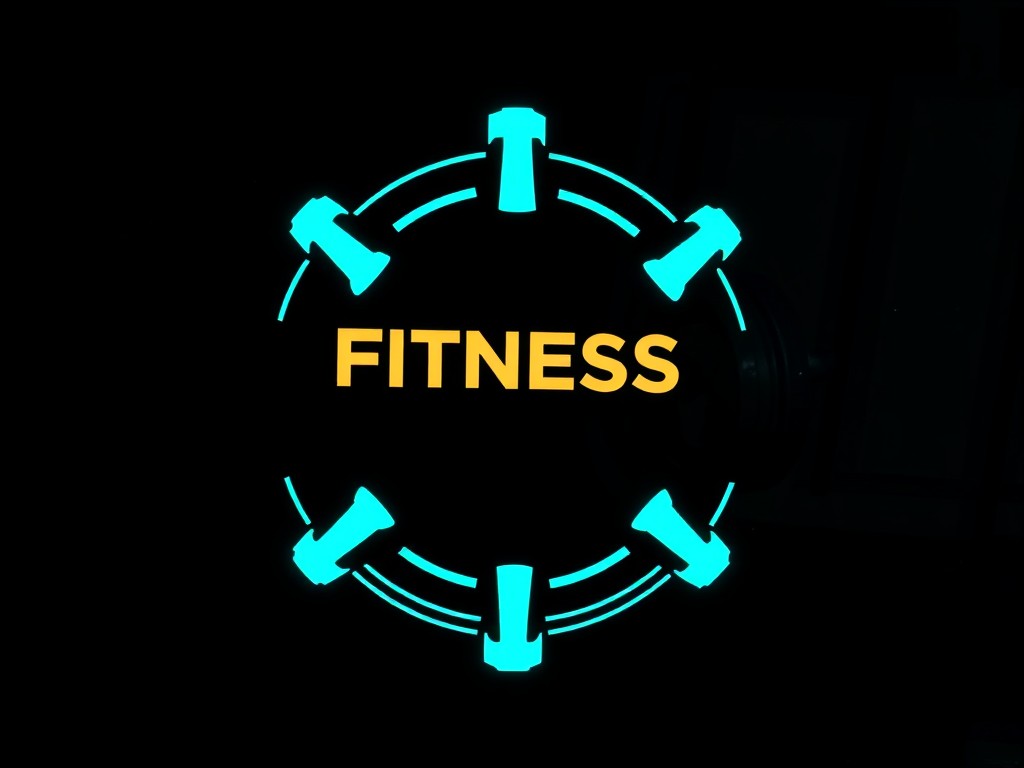The significance of a defender cannot be overstated in the game of soccer. They are the backbone of the team, responsible for keeping the opponent’s attackers at bay, eliminating threats, and maintaining the team’s defensive solidity. However, one-on-one situations often pose a daunting challenge to defenders, necessitating specific training and drills to augment their skills. This article aims to provide valuable insights into the distinct exercises that defenders can practice to enhance their one-on-one defending skills in soccer.
Recognizing the Importance of One-on-One Defending
Before delving into the specifics of the drills, it’s crucial to understand the importance of one-on-one defending in soccer. A defender must be adept at handling one-on-one situations as these scenarios can make or break a game.
Also read : What are effective ways to monitor and manage heart health in professional football players?
Defending is more than just a physical contest; it requires tactical acumen, awareness, and mental fortitude. One-on-one defending is about anticipating an attacker’s next move, positioning oneself appropriately on the field, and responding swiftly and effectively to ward off any threat.
Drills to Improve One-on-One Defending Skills
An efficient way to enhance one-on-one defending skills is through specialized drills. These exercises are designed to simulate real match situations, thereby providing defenders with the requisite practical experience.
Also to see : How can football academies enhance cognitive skills training for young players?
Here are some drills that can help improve one-on-one defending skills.
The Jockeying Drill
The jockeying drill is an effective exercise to enhance a defender’s agility and ability to stay close to an attacker while maintaining balance. This drill helps in understanding the concept of ‘jockeying,’ where the defender tries to delay the attacker’s progress, giving his team enough time to organize their defense.
To perform the jockeying drill, a defender and an attacker are positioned in a confined area. The attacker attempts to dribble past the defender, while the defender’s goal is to stay between the attacker and the goalpost. This drill will help the defender to enhance his defensive footwork and timing.
The Mirror Drill
The mirror drill is a fantastic exercise for defenders to improve their reaction times and agility. This drill is designed to mimic the unpredictability of an attacker’s movements and helps the defender to learn how to react swiftly and appropriately.
In this drill, the defender follows the attacker’s movements as closely as possible, mirroring his every step. This exercise enhances the player’s ability to anticipate the attacker’s next move and react quickly.
Understanding the Role of a Team in Defending
While individual skills are indeed vital, soccer is a team game. The collective effort of the team is crucial in defending against the opposition. Therefore, it is equally important for defenders to understand their role within a larger defensive unit.
Effective communication with teammates is vital in organizing a solid defensive line. It can help prevent gaps from appearing in the defense which the opposition can exploit.
Training for Physical Strength and Stamina
Lastly, the physical aspect of defending cannot be ignored. Defenders need to be strong and fit to withstand the challenges of one-on-one situations. Training for physical strength and stamina is as important as developing tactical and technical skills.
Workouts focusing on strength, agility, and endurance can be extremely beneficial for defenders. Regular gym sessions focused on strengthening the core and leg muscles can significantly improve a defender’s ability to hold off attackers. Similarly, cardio exercises such as running or cycling can help enhance stamina, ensuring that defenders remain effective throughout the 90 minutes of a football game.
In conclusion, improving one-on-one defending skills is a multifaceted process, involving technical skills, tactical understanding, and physical fitness. Regular practice, proper training and the right drills can equip defenders with the necessary skills to excel in one-on-one situations. Remember, practice makes perfect, and with the right dedication and effort, any defender can be a force to reckon with on the soccer field.
Understanding the Mindset of a Successful Soccer Defender
In the riveting game of soccer, the mental component often plays as vital a role as the physical. This fact applies in full measure to the role of a soccer defender. The mindset of a defender and their anticipation skills can often be the difference between a win or a loss for their team.
A successful soccer defender does not merely focus on blocking the opposition; they perceive themselves as the first line of attack. By cutting off their opponent’s plays and strategically placing themselves in the path of the attacking player, defenders can help turn defense into offense rapidly. A part of this defensive strategy involves understanding the opponent’s strengths and weaknesses and adjusting their defensive approach accordingly.
One drill that helps inculcate this mindset is the attacker vs. defender drill. In this drill, a defender is paired up with an attacker in a confined space. The goal for the defender is not just to prevent the attacker from reaching the ball goal but also to try and win the ball and start an attack. This drill simulates game situations and helps the defender think like an attacker, thereby making them a better defender.
Moreover, this exercise also conditions the defender to maintain their composure and focus under pressure. Often, high school and soccer club coaches encourage their players to observe professional defenders to understand their decision-making process better, further developing their defensive soccer skills.
Engaging in Regular Soccer Drills on the Field
Regular engagement in soccer drills on the field is an excellent way for defenders to refine their skills and gain practical experience. These drills simulate real game situations, allowing defenders to apply their tactical knowledge and become more adept at handling pressures of a live game.
One such drill is the 1v1 defending drill. Here, the defender is tasked with closing space quickly and pushing their attacker to a less threatening position on the field. The goal here is not necessarily to win the ball but to neutralize the threat posed by the attacking player. This drill, often employed by youth soccer coaches, is instrumental in teaching defenders the art of forcing their opponent into less dangerous areas on the field.
Practical field drills such as these provide defenders with a more dynamic understanding of the game, equipping them with the skills to excel in different game situations. They offer a tangible way for defenders to put the lessons from their soccer coach into practice and receive immediate feedback on their performance.
Conclusion
A defender’s performance in a soccer match can significantly influence the game’s outcome. Excelling in one-on-one situations requires a combination of technical skills, tactical understanding, physical strength, and mental fortitude. Soccer drills provide practical experience and help enhance these attributes, but a defender’s mindset can be the true game-changer.
Remember, while drills and physical conditioning are crucial, understanding the game’s dynamics, your opponents, and your role in the defensive line-up is equally important. A successful soccer defender is one who, through continuous practice and learning, evolves from merely blocking the opponent to being the launchpad for their team’s counter-attacks.
Whether you are a high school player aspiring to make it to a soccer club or a professional looking to improve, remember that being a defensive player in soccer is much more than just stopping attacks. It’s about understanding the game, anticipating your opponent’s moves, and using every opportunity to turn defense into offense.











